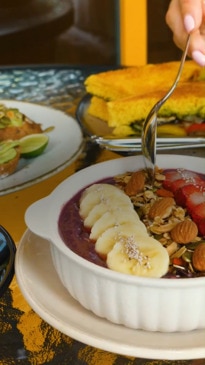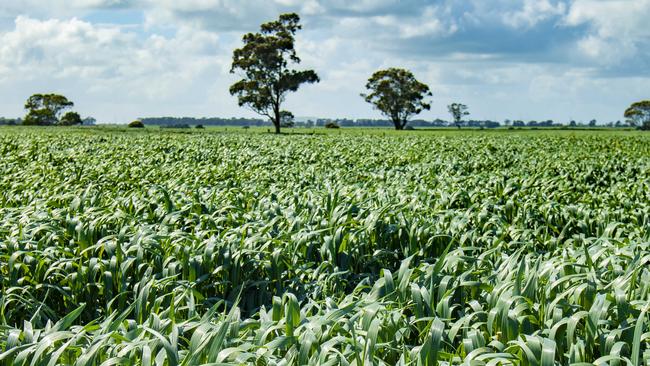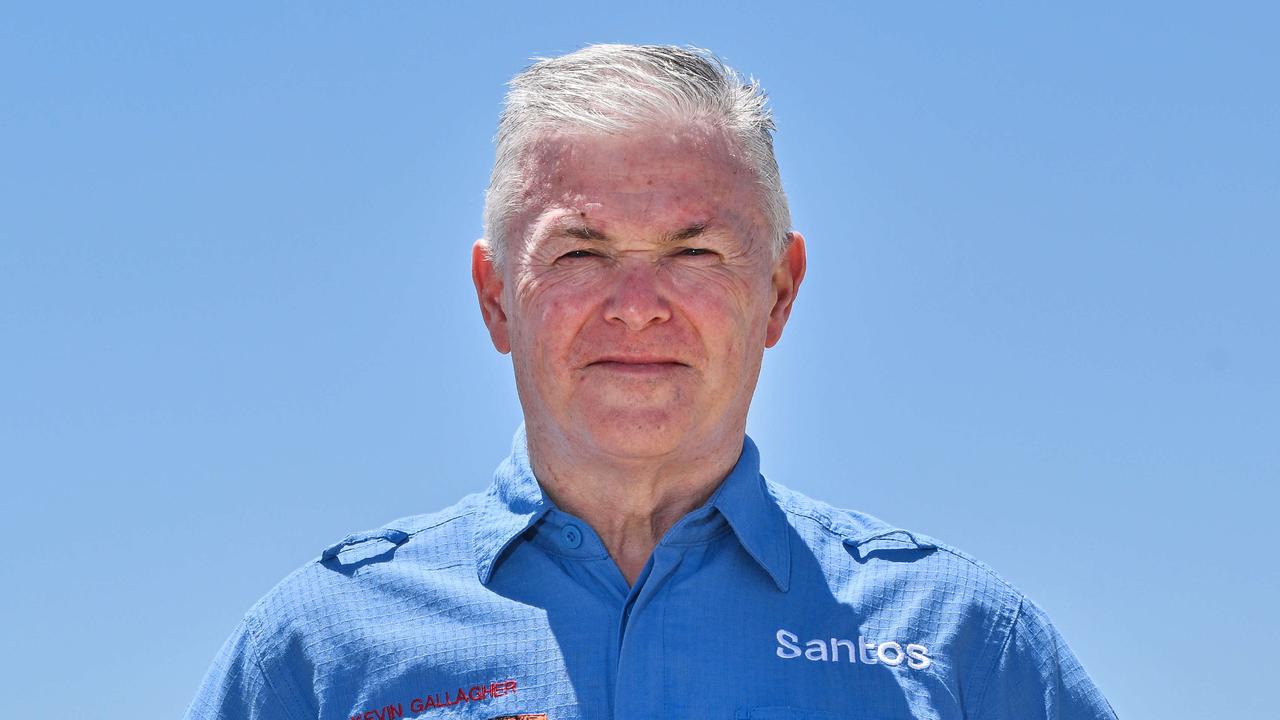Rice, noodles and pasta made from oats set for release after $5.6m UQ research breakthrough
This Aussie start-up is set to revolutionise common pantry staples – and their products will start hitting supermarket shelves by next year.

An Aussie business is using revolutionary new processes to broaden the use of oats beyond porridge and oat milk.
After working with scientists from the University of Queensland (UQ) on a $5.6m research project, West Australian start-up Real Oats plans to roll out its range of oat-based rice, pasta and noodles to supermarket shelves by next year.
Mei Yong, founder and CEO of the brand’s parent company, My PlantCo, said a high volume of oats were grown in Australia, but current market offerings are limited.
“The innovation that happens in oats are really in oat cereal, oat granola bars, breakfast porridge and predominantly, the European nations eat a lot of those items for breakfast,” Ms Yong said.
“[With myself] being Chinese Malaysian, it was a great opportunity for us to really look at bringing oats to other formats of eating beyond breakfast, lunch, dinner times.
“We wanted to champion oats as a company.”

The products were developed by a team of grains industry researchers, Ms Yong said.
She described the rice as tasting like a blend between sushi or jasmine rice and brown rice.
“Very approachable to eat, very nutty, very easy to incorporate,” she said.
“If you’re having a poke bowl, perfect, if you’re having a curry and rice, perfect, put it in a burrito.”
MyPlant Co also claims the products are higher in protein and fibre than their traditional counterparts and lower in carbohydrates.
“The product has beta-glucan, which is not present in rice at the moment,” Ms Yong said.
“That’s really helping regulate your blood sugar, it’s really helping your gut bacteria, helps with cholesterol management.
“For a plant-based person, if you’re eating oat rice, basically one bowl is equivalent to the protein of two boiled eggs.”
Ms Yong said the two-year research program with UQ’s Food and Beverage Accelerator will finetune the shelf-life of the products and ensure they can be exported.
She also said the products could be available in Australian supermarkets and restaurants from early 2026.
“This product is grown in Australia, milled and processed within Australia whereas all those other carbohydrate staples come from overseas.
“This one’s grown locally, so there will be a slight premium to it.
“But our focus is to keep this affordable and that’s why our key is to produce at scale so we can really reduce the production costs and make it affordable to everyone.”

In addition to local diners, MyPlant Co is planning to target overseas markets like Japan, Korea, China, the UAE, the US and UK.
“We’re considering how people like to eat the oat rice,” Ms Yong said.
“How do they like to eat in Japan? Do they like their rice to be a little more chewy, al dente?
“Do they like the flavour to be stronger? Do they like the colour to be the natural colour?
“It’s all sensory properties and technical properties that [the researchers] will help us optimise.”
Dr Jiahua Shi, a researcher from UQ’s Food and Beverage Accelerator, will oversee technical development of the products, focusing on taste, texture and nutrition.
“Our goal is to create oat-based products that are high in protein and fibre, naturally healthy, and premium in quality,” Dr Shi said.
More Coverage
Originally published as Rice, noodles and pasta made from oats set for release after $5.6m UQ research breakthrough




